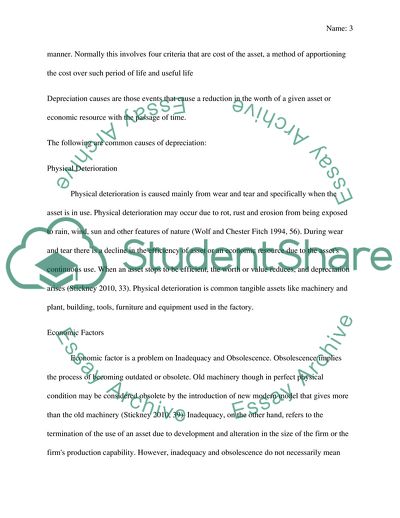Cite this document
(Depreciation Essay Example | Topics and Well Written Essays - 3000 words, n.d.)
Depreciation Essay Example | Topics and Well Written Essays - 3000 words. https://studentshare.org/finance-accounting/1846673-depreciation
Depreciation Essay Example | Topics and Well Written Essays - 3000 words. https://studentshare.org/finance-accounting/1846673-depreciation
(Depreciation Essay Example | Topics and Well Written Essays - 3000 Words)
Depreciation Essay Example | Topics and Well Written Essays - 3000 Words. https://studentshare.org/finance-accounting/1846673-depreciation.
Depreciation Essay Example | Topics and Well Written Essays - 3000 Words. https://studentshare.org/finance-accounting/1846673-depreciation.
“Depreciation Essay Example | Topics and Well Written Essays - 3000 Words”. https://studentshare.org/finance-accounting/1846673-depreciation.


